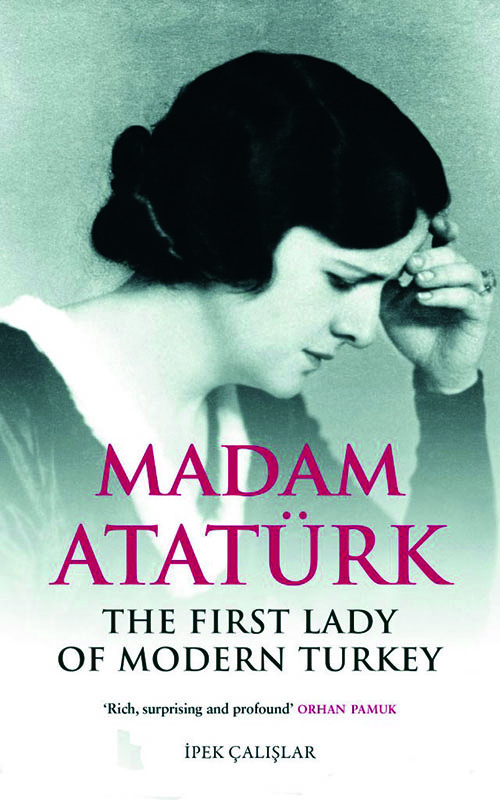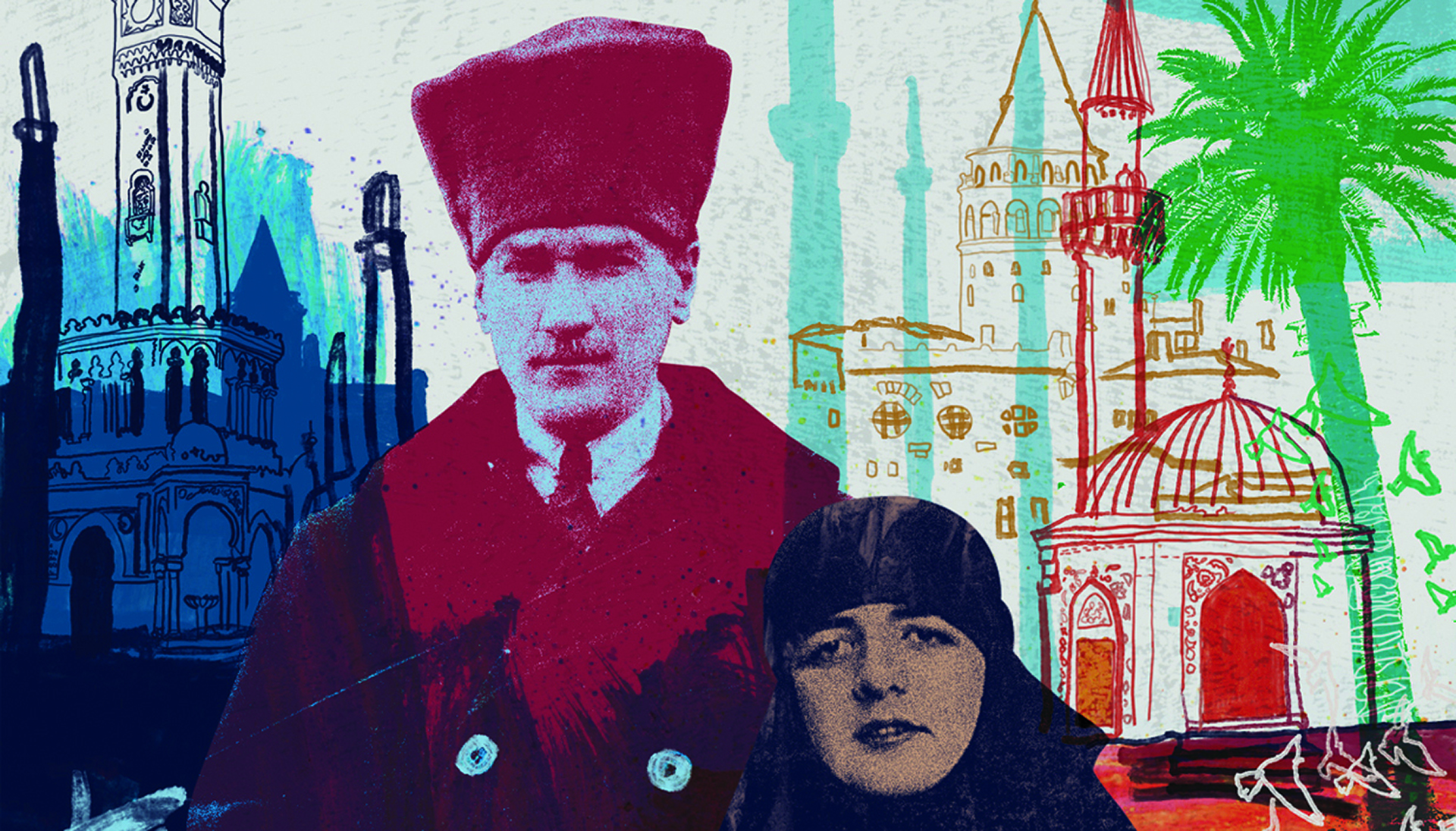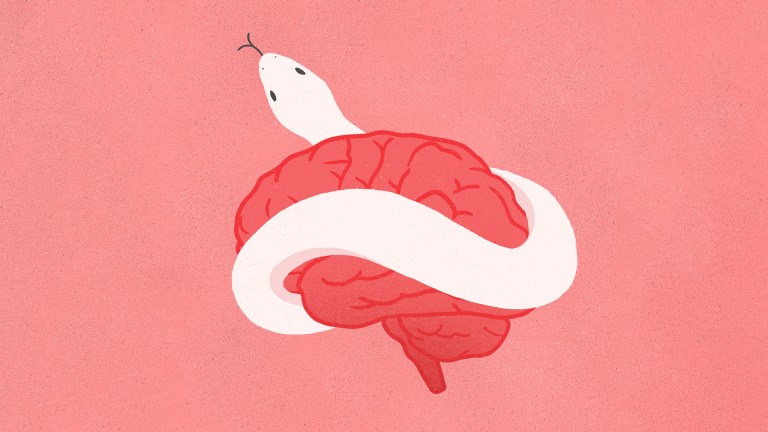When I was an editor for various periodicals I made sure that I published an article on women who were overshadowed by men every week. Somehow, Latife Hanim never came to my attention.
After working for 10 years as The Daily Cumhuriyet’s Sunday magazine editor, my employment was abruptly terminated in 2004. I was looking for a job in the media industry and working from home for an NGO. One day, I was visiting a friend when a book on their bookshelf, written by one of Atatürk’s military assistants about Latife Hanim, got my attention. Atatürk was the founder of the Republic of Turkey and served as its president from 1923 until his death in 1938. He was one of the most influential people of the 20th century. Hanim was his one and only wife.
I immediately borrowed the book and started reading it on the bus home through Istanbul’s heavy traffic. I was startled when I read that Hanim had declared to her husband, “I want to be in the parliament.” I fell in love with that statement. At that time I was working closely with Ka.der (an NGO which supports woman candidates for elections). The main objective of this organisation was to increase the rate of woman parliamentarians to 4.5 per cent in Turkey’s National Assembly (17 per cent of parliamentarians in Turkey today are women; the NGO Ka.der association for supporting women candidates was very successful). How had I never heard of this woman, who had asked to be a representative in the newly formed Turkey’s national assembly in 1923?

I live in a high-ceiling 150-year-old house in the Pera district of Istanbul. Our 100 books about Atatürk are kept on the highest shelves. One evening, I got myself a ladder and brought them all down. Even before I began reading, I had already decided that I would write a book on Hanim.
Latife Hanim documents have been protected by the Türk Tarih Kurumu (Turkish historical society) for many years and so it was not possible for me to reach them. However, I found at least some information in every Atatürk book I flicked through. I made a detailed list of all the references that I found. I also discovered throughout the years a few journalists had tried to shed light on Hanim’s life. I read all their articles. I read history books on Atatürk’s era, women’s history books and women’s magazines related to that time period. I made a list of all the people still alive who might possibly have met or known Hanim, including her family and friends. I drew a road map for myself. If I was going to do this, I was going to produce a credible and respected piece of work.
In 2004 Google was in its infancy. I couldn’t worry myself too much about its credibility or accuracy. I used it to find the original sources and it was a great tool for this purpose. I have never forgotten a young researcher who told me that “if something is not on the internet, it does not exist”. That was a true prophecy. When I discovered that Google could help me find many original sources, I was elated.









